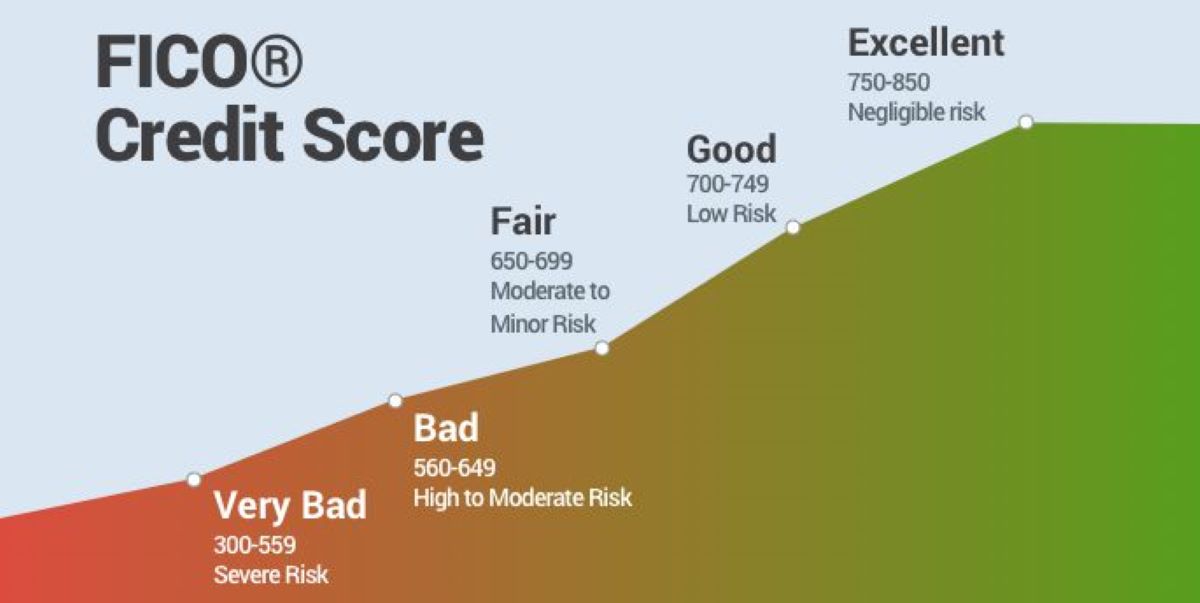Home>Finance>Small Minus Big (SMB): Definition And Role In Fama/French Model


Finance
Small Minus Big (SMB): Definition And Role In Fama/French Model
Published: January 30, 2024
Discover the definition and role of Small Minus Big (SMB) in the Fama/French finance model. Explore how this factor impacts investment strategies.
(Many of the links in this article redirect to a specific reviewed product. Your purchase of these products through affiliate links helps to generate commission for LiveWell, at no extra cost. Learn more)
Understanding Small Minus Big (SMB) in the Fama/French Model
When it comes to understanding the relationship between stock returns and factors that influence them, economists Eugene Fama and Kenneth French developed a model that has become widely accepted in the finance industry. In their Fama/French model, they identified three factors that drive stock returns: market risk premium, size, and value. One of these factors, size, is measured using Small Minus Big (SMB). In this article, we will delve into the definition of SMB and its role within the Fama/French model, ultimately giving you a better understanding of this crucial concept in finance.
Key Takeaways:
- Small Minus Big (SMB) is one of the factors identified in the Fama/French model, which helps explain stock returns.
- SMB measures the difference in returns between small-cap stocks and large-cap stocks.
Defining Small Minus Big (SMB)
In the Fama/French model, Small Minus Big (SMB) refers to the difference in returns between small-cap stocks and large-cap stocks. Small-cap stocks are typically those of companies with a relatively small market capitalization, while large-cap stocks represent companies with a higher market capitalization.
The SMB factor is calculated by calculating the return on a portfolio of small-cap stocks and subtracting the return on a portfolio of large-cap stocks. The idea behind this calculation is that small-cap stocks tend to outperform large-cap stocks over the long term.
It is worth noting that SMB is not the only factor considered in the model. The Fama/French model takes into account other factors such as market risk premium and value, which we will not delve into in this article.
The Role of SMB in the Fama/French Model
The inclusion of SMB as a factor in the Fama/French model is based on the observation that small-cap stocks tend to outperform large-cap stocks over time. This means that the returns on a portfolio of small-cap stocks are expected to be higher than the returns on a portfolio of large-cap stocks. By including SMB as a factor, the Fama/French model allows for a more comprehensive understanding of the factors that drive stock returns.
SMB plays a vital role in the Fama/French model by helping explain the variation in returns among different stocks. It helps investors and financial analysts understand the risk and return characteristics associated with small-cap and large-cap stocks. By considering the SMB factor, investors can make more informed decisions when constructing their portfolios.
In summary, SMB is a crucial factor in the Fama/French model, helping explain the difference in returns between small-cap and large-cap stocks. By including SMB in their model, Fama and French provide a more comprehensive framework for understanding stock returns, enabling investors to make more informed decisions.














